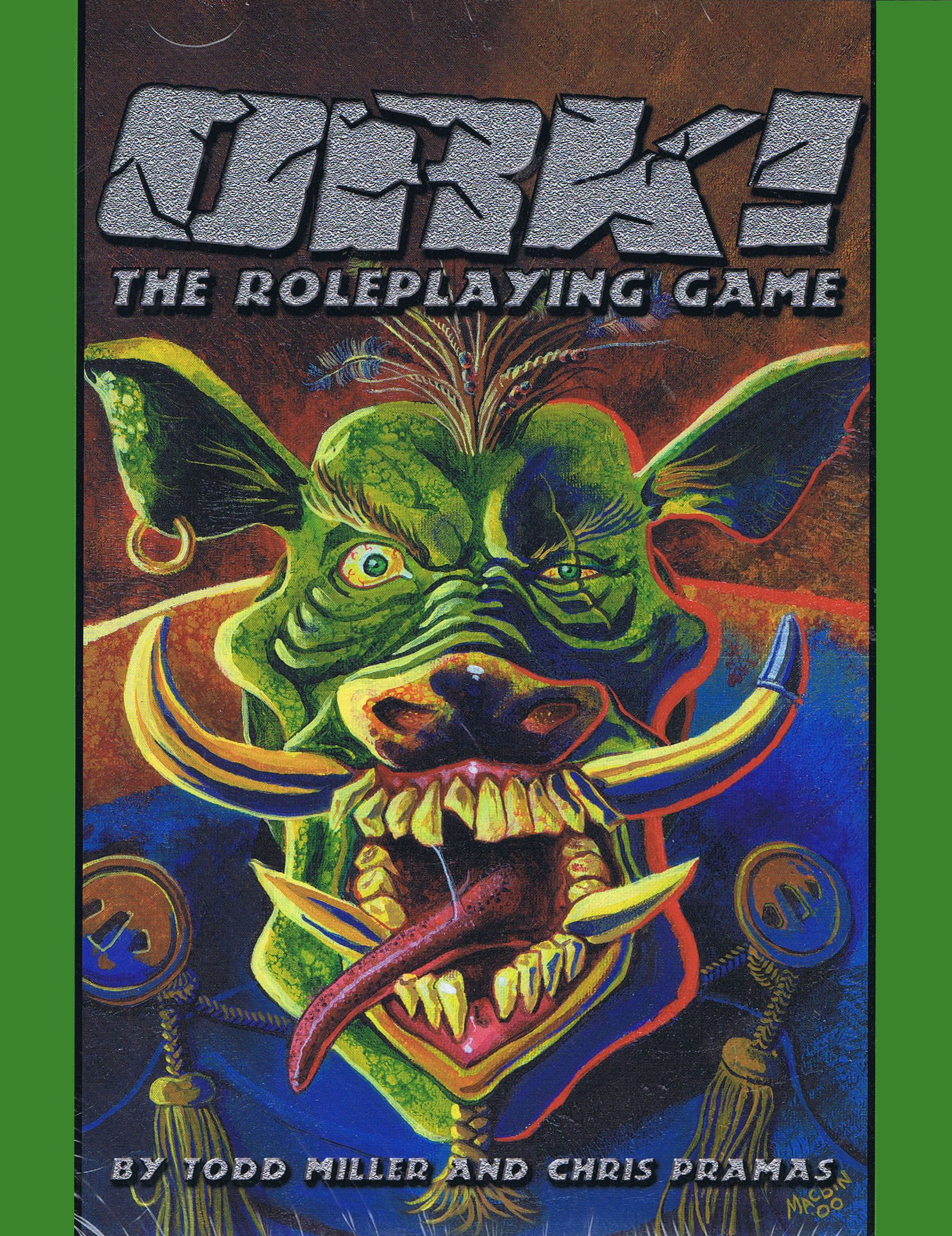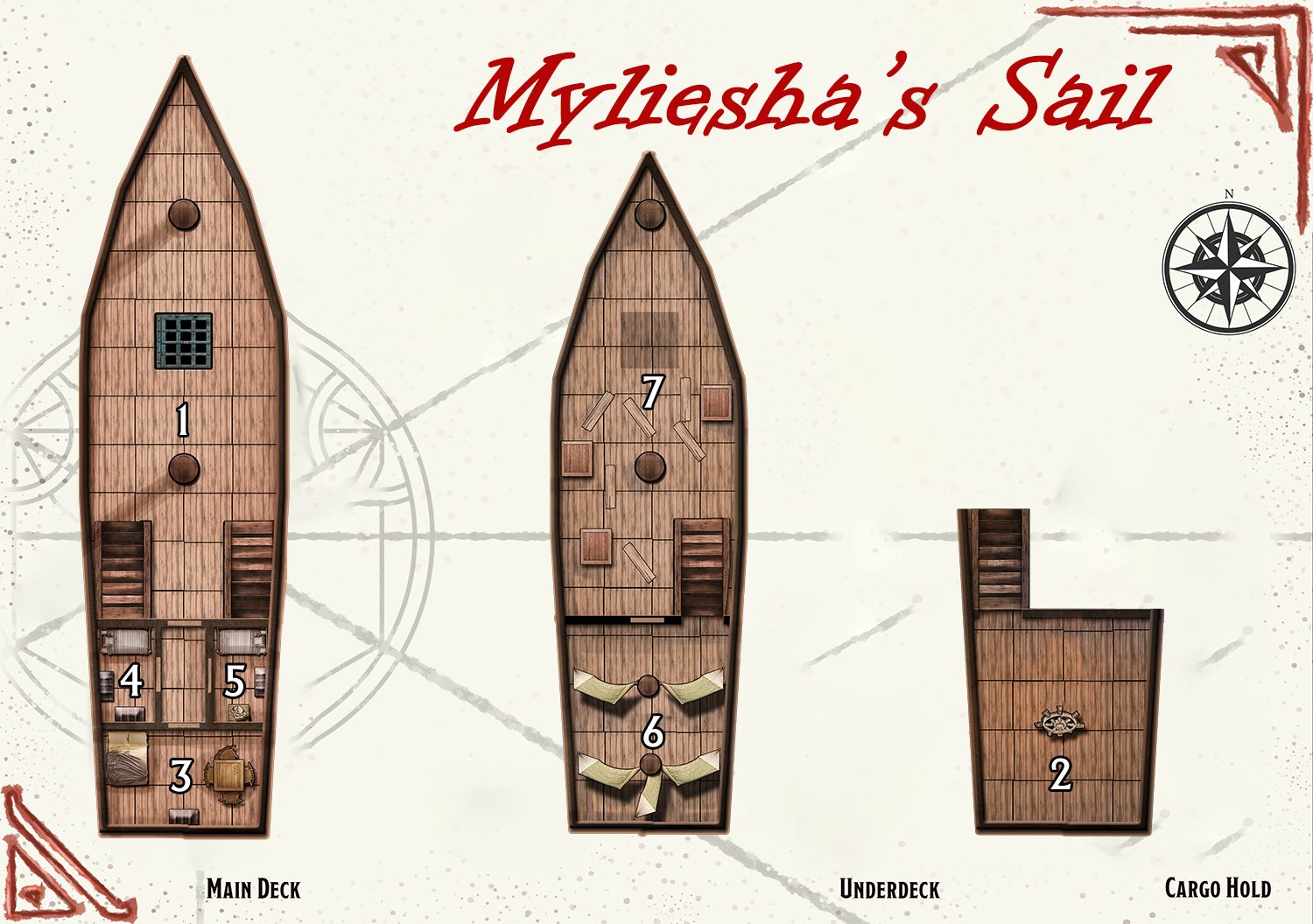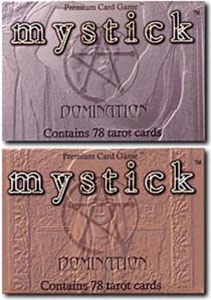As I’ve begun expanding my Mothership open table from sporadic one-shots to a jump-cluster with persistent continuity, the economy of the game has been giving me endless headaches.
PAY
A simple question, for example, would be: How much money should the PCs get paid for doing a job?
Unfortunately, the answers given in official books are vague, contradictory, and vary by multiple orders of magnitude for little or no apparent reason.
The Warden’s Operations Manual, for example, bases everything around the concept of salary.
- You calculate a monthly salary in credits based on what skills a PC possesses (e.g., 1,000cr/month for every Expert Skill). This generally results in a salary between 3,000 and 5,000 credits.
- Some jobs pay Hazard Pay, which is generally 2-3x your salary.
- You get a 1,000 credit bonus per Jump made through hyperspace.
- Pay might increase by 10% to 50% based on the crew’s rep, etc.
So the pay for jobs would be listed as “6 MOS SALARY” or “3 MOS SAL + JUMP PAY.” This would seem that most jobs would pay a few thousand credits.
This makes sense for regular employment, but gets pretty vague for a job like “assassinate the head of the Wittgenstein cartel.” (You also get some weird interactions with the default travel times in Mothership, which are a whole different issue.)
Which may be why none of the official adventures or supplements seem to use this system. Many don’t include details about pay at all, while those that do are all over the place:
- Gradient Descent pays mostly in the form of retrieved artifacts, which generally range from 1,000,000 credits to 250,000,000 credits.
- Chromatic Transference: If you retrieve the McGuffin, you can earn 30,000,000 credits.
- Pound of Flesh: The Babushka offers jobs from 2,000 to 40,000 credits. Tempest Company offers jobs from 500 to 5,000 credits, but if you can earn a higher rank your jobs jump up to 50,000 to 500,000 credits. Canyonheavy missions range wildly from 10,000 to 750,000 credits, plus one big outlier at 30,000,000 credits.
And, of course, without any clear guidance from the official supplements, third party supplements are all over the place when it comes to pay.
Let’s rephrase the question as an order of magnitude. In general, should Mothership PCs be earning:
- Thousands of credits per job?
- Tens of thousands?
- Hundreds of thousands?
- Millions?
- Tens of millions?
- Hundreds of millions?
The answer, obviously, will have a profound effect on how the game plays. But, frankly, Mothership seems really uncertain about what the answer should be. Broadly similar jobs can pay radically different amounts of money.
COSTS
And it turns out that this is unsurprising, because the costs in the game are ALSO separated by orders of magnitude.
In the core game, there a few different categories of purchasable stuff.
Weapons range in price from 50 credits to 1,400 credits.
Armor ranges from 2,000 credits to 12,000 credits.
Equipment mostly ranges from 20 credits to 8,000 credits, with a few key exceptions:
- Exoloaders cost 100,000 credits.
- Jetpacks cost 75,000 credits.
- An organic pet costs 200,000 credits.
Starship supplies (fuel, etc.) seem likely to cost 50,000 to 500,000 credits. (I need to explore this a bit more.) The starships themselves can be hundreds of millions or even billions of credits, but these costs are far more likely to be handled through alternative systems rather than spending individual credits.
Contractors cost roughly 1,000 to 10,000 credits per month.
Shore Leave gets interesting, because the average cost basically steps up through orders of magnitude:
- C-CLASS — 1,000 credits
- B-CLASS — 10,000 credits
- A-CLASS —100,000 credits
- X-CLASS — 500,000 credits
- S-CLASS — 1,000,000 credits
Looking at these numbers, what becomes apparent is that there’s a roughly tiered experience here: In order for a group to be making choices about shore leave, for example, the need at least 105 credits. If they have that much money, though, then decisions about basic equipment become essentially meaningless: They can trivially buy anything and everything they want.
And then there seems to be another tier at 106 credits, where you can access top-tier shore leave and begin doing ship-ownership stuff.
A POUND OF FLESH
The A Pound of Flesh supplement adds several new categories of things you can buy: cyberware, slickware, and drugs.
The prices for drugs all hang out in the same range as basic equipment, but cyberware and slickware notably have prices that seem to be significantly divided by these tiers:
- 103 credits: holoprojector, loudmouth, lumatat, prosthetic, slicksocket, tattletale, terminal jack, looky-loo, twitchbooster
- 104 credits: big switch, deadswitch, fangs, handcannon, hotswap, huntershot, little switch, OGRE, panic button, panzerfist, revenant protocol, scapegoat system, god mode, espernetic feedback loop, holopet, vox box
- 105 credits: retractable nanoblade, spidermount, spinal rig, machine code, sentinel system, skillslick (trained)
- 106 credits: remote uplink, sockpuppet, subdermal armor, whiplash injector, skillslick (expert/master)
The biggest thing to note, I think, is that there doesn’t really seem to be a smooth spectrum of costs in these price lists. Rather, perhaps encouraged by the system denoting costs in cr, kcr, and mcr, there are distinct phase shifts.
CONCLUSIONS: SETTING JOB PAY
With all this in mind, my tentative conclusion is that we can break job pay into three echelons, each of which can be multiple by hazard pay.
Basic Jobs pay in the echelon of 103 credits — roughly 1,000 to 10,000 credits. Hazard pay can multiple this base rate, though, to 104 credits, up to 50,000 credits. At the low end, these jobs give you enough money to cover your costs and seek treatment for your wounds/stress. At the high end, after one or two of these jobs, you can probably buy a really nice piece of equipment.
Restricted Jobs pay in the echelon of 105 credits — roughly 50,000 to 500,000 credits. Here you can start buying some really nice stuff, but you also start unlocking some really powerful character advancement options (training skills, better shore leaves, etc.). The trick is that you can’t just grab these jobs off the street: You need to unlock them in some way. That might mean gaining ranks in a mercenary outfit; earning a high enough reputation score; or just having the right connections.
Windfalls pay 1,000,000 credits or more. These might be rarely offered as jobs (to even higher ranks, etc.), but are more likely to be lucky opportunities PCs can stumble into or pursue (like the artifacts in Gradient Descent). This is the stuff that, literally, makes you a millionaire: There’s a thin layer of massive luxury goods that unlock at this level. This might also be the point where you can make a down payment on a ship. Retirement options (WOM 51) also unlock here.
(For both ships and retirement options, I want to give some deeper thought into how these could be made compelling and interesting options, particularly in an open table.)
OPEN TABLE
For my open table, I think this means I want to create a jobs board that includes a selection of basic jobs.
This jobs board represents the Phoenix Contracting Mesh, which will further divide these jobs into:
- Green List, which are simpler, safer jobs. In most cases, in fact, these jobs can be rapidly resolved, leaving enough time for another job to be selected for the evening. This allows cash-desperate PCs a pathway for earning the credits they need to, for example, treat their wounds.
- Green List – Complicated, which look like simple green list jobs, but when you deliver the mining equipment to Ypsilon-14 – whoops! Aliens!
- Black List, which are jobs offering hazard pay and incentive bonuses. These are more direct links to adventure content,
(I will likely also be adding Bounties to the board once the Wages of Sin supplement is released.)
To these basic jobs, though, I’m going to want to figure out how to add higher paying restricted jobs. I’m currently thinking this might include:
- Red List, which are jobs on the Phoenix Contracting Mesh jobs board that can only be accessed via a Reputation system. (You’d earn rep by successfully completing jobs, which also gives me an additional opportunity for rep-based incentives and/or complications.)
- Direct follow-ups, where being part of the team that completes one job may cause your employer to offer you a “follow-up” contract at higher pay.
- Patrons, which PCs might hook-up with in any number of ways. These might be independent employment offers, or maybe just personal relationships that unlock red list jobs that would otherwise require higher reputation scores.
Finally, windfalls will be scattered semi-randomly. I’m also planning to include Gradient Descent in the campaign, which would also give players the opportunity to proactively decide to seek windfall payments in an extremely hostile environment (and possibly without any guaranteed base pay?).
OPEN TABLE SALARY
The other thing I’ve been workshopping for my open table is salary.
By the book, salaries for starting characters are:
- Marine: 2,000 credits/month
- Android: 2,500 credits/month
- Scientist: 4,000 credits/month
- Teamster: 2,500 credits/month
In a standard Mothership campaign, I think the idea is that you earn this salary by taking jobs.
For my open table, on the other hand, I’ve been letting PCs earn their salary during downtime (with the assumption that they’re working various jobs between sessions). The problem is that, due to a confluence of factors (including how travel time is calculated in Mothership), the PCs are simply earning too much money: The multipliers yeet them straight out of the basic jobs tier, which rapidly causes the entire game table economy to collapse.
I’m pretty sure the solution (or, at least, the next thing I’m going to playtest) is to effectively reduce these salaries to 1/10th their value:
- Marine: 200 credits/month
- Android: 250 credits/month
- Scientist: 400 credits/month
- Teamster: 250 credits/month
In practice, the character is still earning their fully salary, but most of it is being chewed up by basic living expenses (rent, food, etc.). (This is fairly similar to the guidelines on saving money, WOM 51.)
I might actually combine this with an actual Lifestyle system, but I think I’ll wait and see if these values are broadly working before adding another layer of complexity.
ADDITIONAL READING
Mothership: Thinking About Combat















